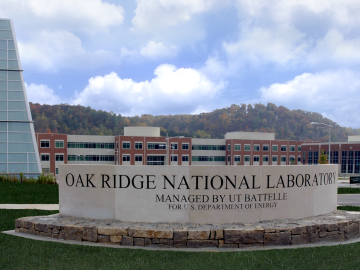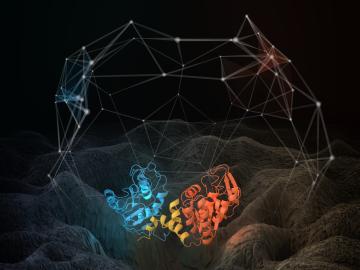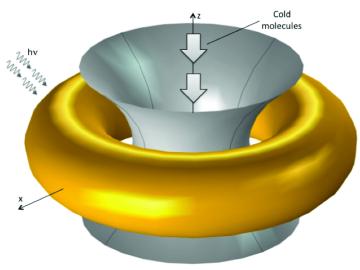Filter News
Area of Research
- (-) Supercomputing (22)
- Advanced Manufacturing (3)
- Biological Systems (8)
- Building Technologies (2)
- Chemical and Engineering Materials (1)
- Chemistry and Physics at Interfaces (3)
- Clean Energy (45)
- Computational Biology (2)
- Energy Frontier Research Centers (4)
- Energy Sciences (2)
- Functional Materials for Energy (3)
- Geographic Information Science and Technology (1)
- Isotope Development and Production (1)
- Materials (32)
- Materials Synthesis from Atoms to Systems (2)
- Materials Under Extremes (3)
- Neutron Data Analysis and Visualization (2)
- Neutron Science (6)
- Nuclear Science and Technology (5)
- Quantum Condensed Matter (1)
- Reactor Technology (1)
- Transportation Systems (4)
News Type
Media Contacts

A high school senior at Oak Ridge National Laboratory has published research showing that, while it’s just part of a complex story, higher electricity costs alone cannot be counted on to reduce demand for electricity and cut greenhouse gas emissions. The paper, published in “Susta...

Supercomputing simulations at the Department of Energy’s Oak Ridge National Laboratory could change how researchers understand the internal motions of proteins that play functional, structural and regulatory roles in all living organisms. The team’s results are featur...

The U.S. Department of Energy’s Office of Science announced 56 projects aimed at accelerating discovery and innovation to address some of the world’s most challenging scientific questions. The projects will share 5.8 billion core hours on America’s two most powerful s...

The next-generation Earth system model will simulate climate systems at unprecedented resolution over an unprecedented time scale in order to understand climate change, Earth system feedbacks and potential tipping points. The Accelerated Climate Model for Energy project, led...

An international team led by Gaute Hagen of the Department of Energy’s Oak Ridge National Laboratory used America’s most powerful supercomputer, Titan, to compute the neutron distribution and related observables of calcium-48

High-resolution imaging of materials produces complex, copious data. Researchers at Oak Ridge National Laboratory are developing a visual analytics system that could essentially “look over a scientist’s shoulder,” learning from human actions and improving its predictions of ...

Steady progress in the development of advanced materials has led to modern civilization’s foundational technologies—better batteries, resilient building materials and atom-scale semiconductors. Development of the next wave of materials, however, is being slowed by the sheer co...

Harvesting oil, mitigating subsurface contamination, and sequestering carbon emissions share a common thread—they deal with multiphase flows, or situations where materials are flowing close together in different states (solids, liquids, or gases) or when the flow is comprised ...

Single atoms or molecules imprisoned by laser light in a doughnut-shaped metal cage could unlock the key to advanced storage devices, computers and high-resolution instruments.
In a paper published in Physical Review A, a team composed of Ali Passian of the Depa...

A microscope being developed at the Department of Energy’s Oak Ridge National Laboratory will allow scientists studying biological and synthetic materials to simultaneously observe chemical and physical properties on and beneath the surface.




